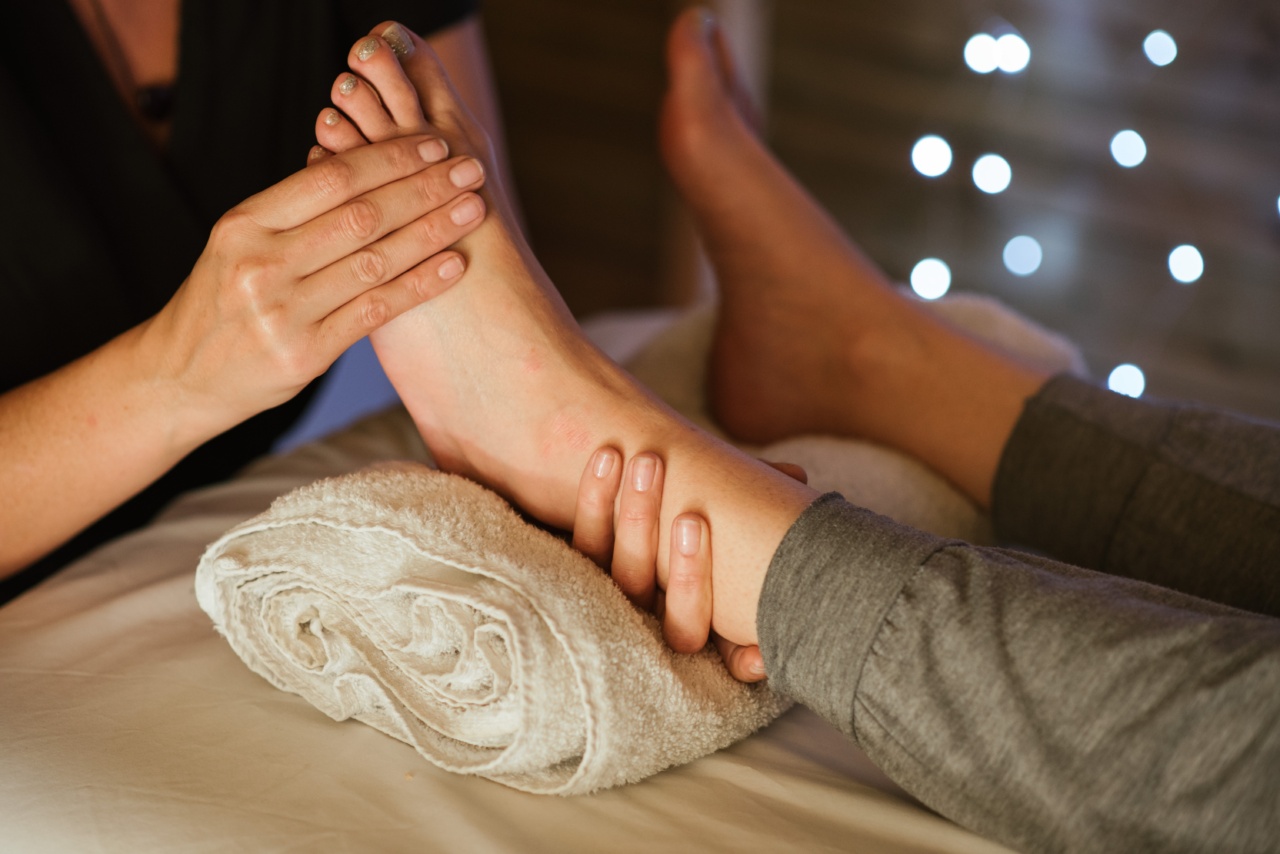Foot fungus is a common condition that affects many people, causing discomfort and embarrassment. This fungal infection is caused by a type of fungus known as dermatophyte, which thrives in warm and moist environments, such as your feet.
Foot fungus can affect anyone, but it is more common in people who wear tight or close-toed shoes, have sweaty feet, or have weakened immune systems.
Causes of foot fungus
The leading cause of foot fungus is exposure to the fungus. This can be transmitted through direct contact with infected surfaces, such as shower floors, swimming pools, or public changing rooms.
The fungus can also be spread by sharing shoes, socks, towels or other personal items with an infected person. Wearing shoes that do not allow your feet to breathe or sweat can also create a favorable environment for the fungus to multiply, as can poor hygiene or weakened immune systems.
Symptoms of foot fungus
Foot fungus can present differently in each person, but the most common symptoms include redness, itching, burning, and scaling of the skin. In severe cases, the skin may blister or crack, and there may be a foul odor.
The fungus can spread to the toenails, causing them to become thick, discolored, and brittle. Athlete’s foot is a type of foot fungus that primarily affects the skin between the toes, causing itching, burning, and peeling.
Treatments for foot fungus
Foot fungus can be treated using various methods, depending on the severity of the condition. Some of the most common treatments include topical antifungal creams or ointments, which are applied directly to the affected areas.
Medicated foot powders and sprays can also be used to dry out the affected skin and prevent the spread of the fungus. In many cases, oral antifungal medications may be prescribed to eliminate the infection from within the body. Home remedies, such as soaking your feet in a vinegar or tea tree oil solution, can also be used to relieve the symptoms of foot fungus.
Preventing foot fungus
The most effective way to prevent foot fungus is to maintain good hygiene and keep your feet dry and clean. Be sure to wash your feet regularly with soap and water and dry them thoroughly, paying attention to the spaces between your toes.
Wear shoes that fit well and allow your feet to breathe, and avoid sharing personal items, such as shoes, socks, or towels, with others. Choose socks made of natural materials, such as cotton, and change them daily. Wear rubber sandals or flip-flops in public areas, such as swimming pools or showers, to avoid contact with the fungus.
When to see a doctor
If you suspect you have foot fungus and over-the-counter treatments are not relieving your symptoms, it’s important to see a doctor.
In rare cases, foot fungus can lead to serious complications, such as secondary bacterial infections, cellulitis, or sepsis, especially in people with weakened immune systems. A doctor can diagnose the type of fungus causing your symptoms and recommend an appropriate treatment plan.
The Bottom Line
Foot fungus is a common condition that can cause discomfort and embarrassment, but it is easily treatable with various medications and home remedies.
To prevent foot fungus, it’s important to maintain good hygiene and avoid contact with infected surfaces or objects. If you suspect you have foot fungus, see a doctor to get a proper diagnosis and treatment plan.




























